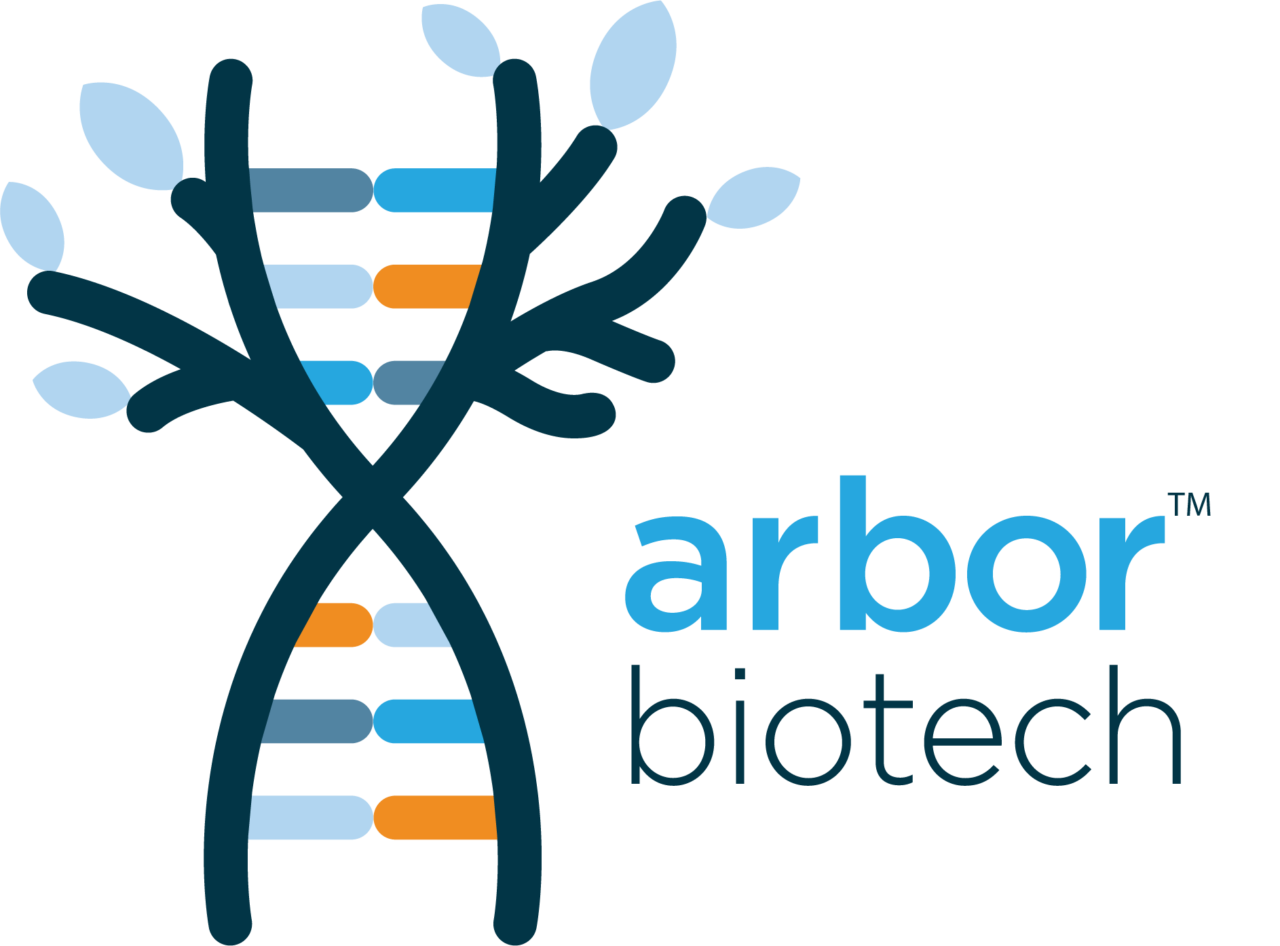Company Spotlight – Arbor

Company Spotlight - Arbor
Arbor Biotechnologies Takes the Next Steps in Gene Editing
March 2022 – CRISPR-Cas9 revolutionized researchers' ability to alter the genome, but it's hardly the last word on gene editing. With around 3.5 billion years of bacterial evolution at their disposal, scientists have incredible opportunities to mine a diverse array of nucleases and other molecules. Some of those investigations are already bearing fruit.
"There's tremendous richness in the metagenomic world," said Arbor Biotechnologies CEO Devyn Smith. "Bacteria have all these wonderful proteins that we can refine for specific gene editing applications. Cas9 is not necessarily the best or only option; it's just the one that worked first."
Arbor is mining this genomic diversity to develop a more comprehensive gene editing toolbox, which the company is leveraging to create new therapies. Founded by CRISPR inventor Feng Zhang and life science tools pioneer David Walt, Arbor is developing next-generation genetic medicines to treat liver disease and central nervous system (CNS) disorders and working with partners to develop therapies for cancer and other indications.
"This is an exciting direction because it offers opportunities for actual cures," said Illumina Ventures partner Wouter Meuleman. "The ability to correct single-nucleotide variations, or even replace entire genes, will change how we practice medicine."
Mining for Genomic Gold
Arbor's philosophy on gene editing is quite simple: It won't take one system or even a dozen to fix all the genetic anomalies that need fixing – it may take hundreds. To get there, Arbor has developed a system to mine metagenomic sequencing data for nucleases and other potent molecules.
The company then uses a high-throughput testing platform to screen thousands of molecular systems to determine which ones may be useful. Through this process, Arbor scientists have identified over 60 nuclease families (each family can contain hundreds of nuclease systems), six times more than had been previously published in academic journals. The team has translated these findings into seven proprietary gene editors, including DNA and RNA nucleases, compact nucleases, base editors and CRISPR transposases. More are on the way.
"We want to be able to correct any problems in DNA or RNA," said Smith. "We do that by having a breadth of editing approaches. We don't want to own a hammer and be limited to pounding nails; we want the entire toolbox."
The platform gives Arbor the ability to work backward from a disease's pathology and customize the most appropriate editing tool(s) to address it. The company is continuously growing its toolbox, adapting bacterial systems to mammalian biology.
Two Therapeutic Tracks
Arbor is partnering with Vertex, TCR2 and others to help produce ex vivo cell therapies. For example, the TCR2 collaboration is aimed at developing T cell therapies for solid tumors, a goal that has eluded drug developers for years.
Internally, the company is focusing on genetic medicines that treat liver and CNS diseases. On the liver side, Arbor is hoping to address primary hyperoxaluria, a rare genetic disorder that can cause severe pain, fevers and other symptoms. Another target is hereditary ATTR amyloidosis, a debilitating genetic disease caused by misfolded proteins. The company expects to enter clinical trials for these indications around 2023 or 2024.
CNS conditions, such as Huntington's and ALS, will require more complex edits, including removing and possibly inserting entire genes. Smith hopes to see these in the clinic in three years or so. Regardless of the indication, Arbor is taking great care to customize its editing resources to each therapeutic need.
"We're not just developing nucleases to be good cutters; we want to create a specific therapy for each disease," said Smith. "Nobody knows what any indication will require at the onset. That's why having a toolbox is so important. We can adapt, switch out, evolve, change things and really tailor our treatments to each unique disease biology."